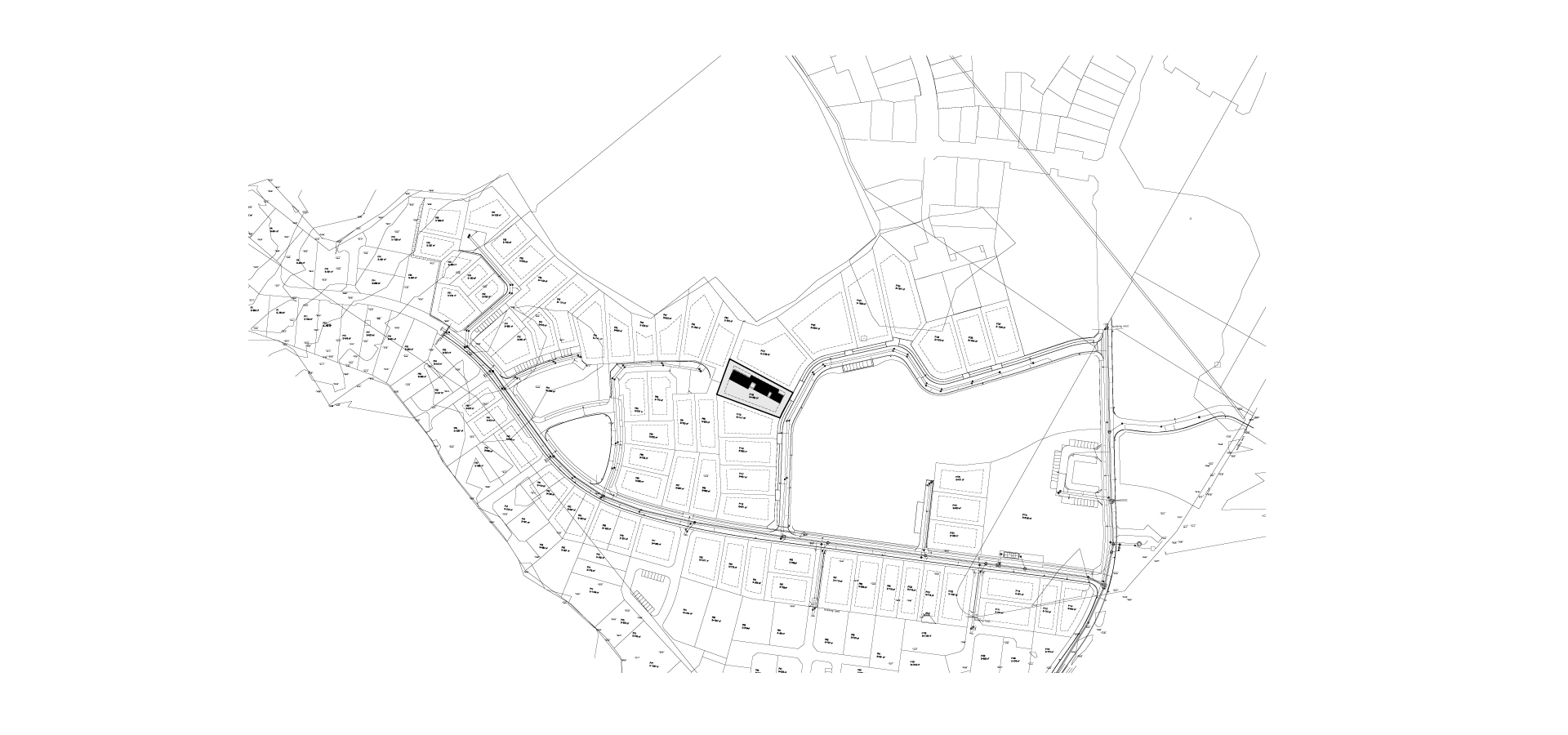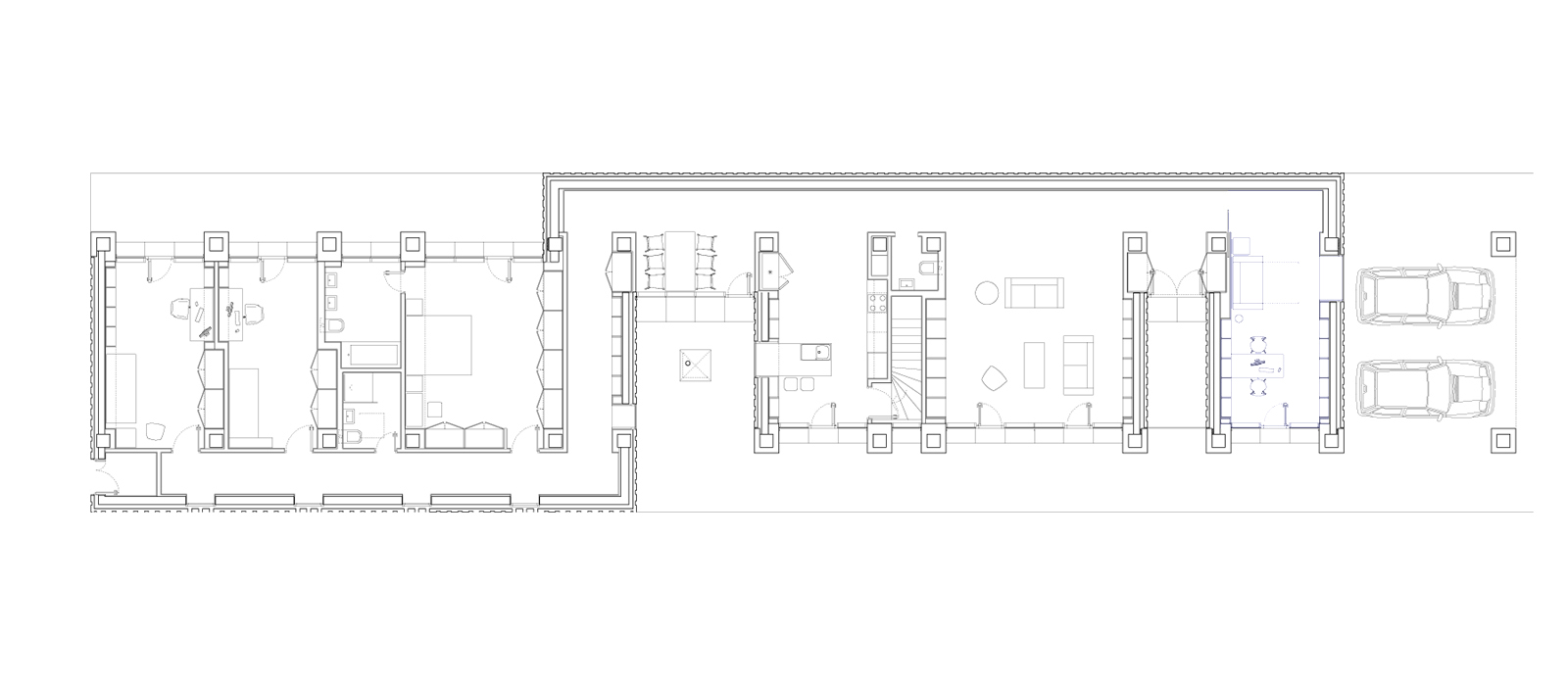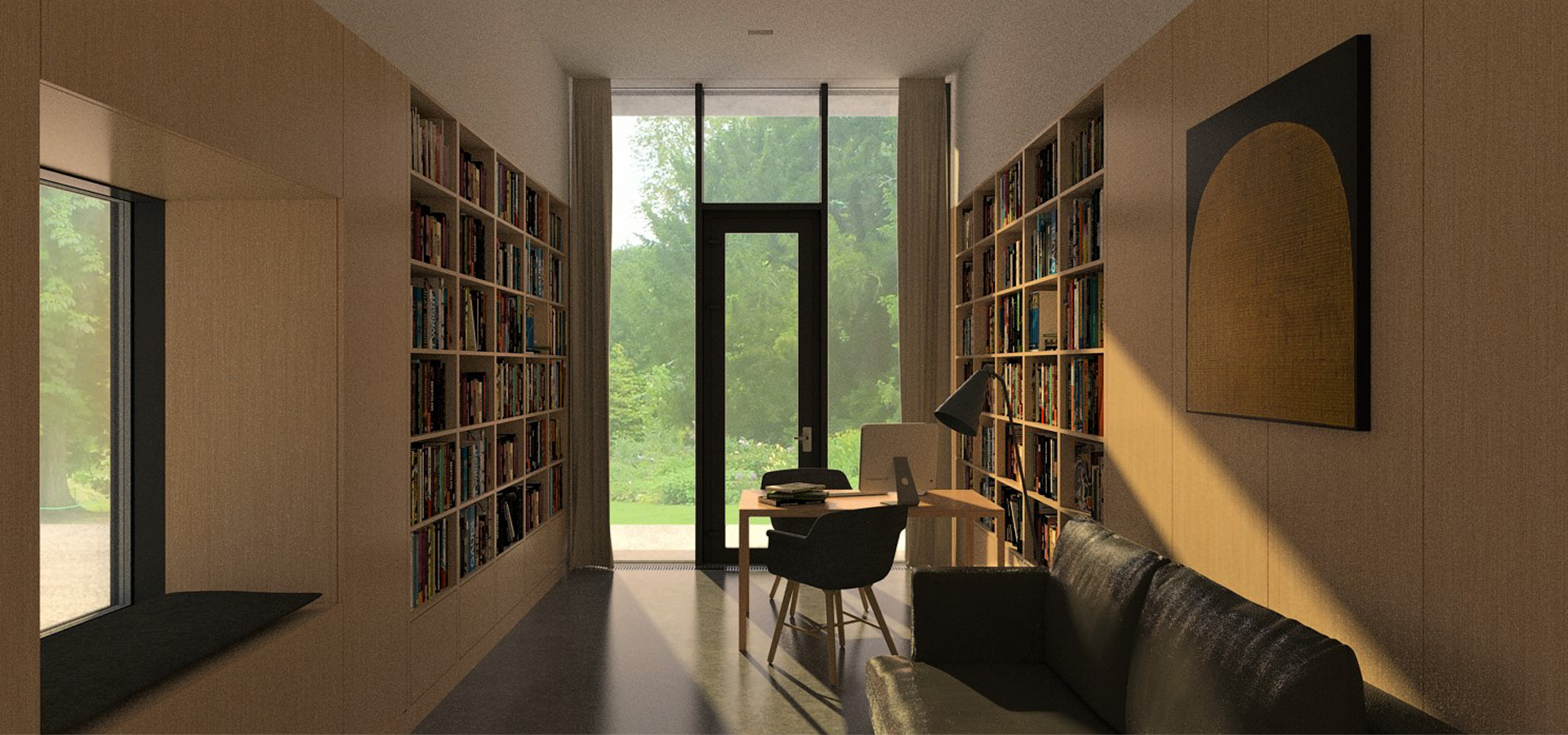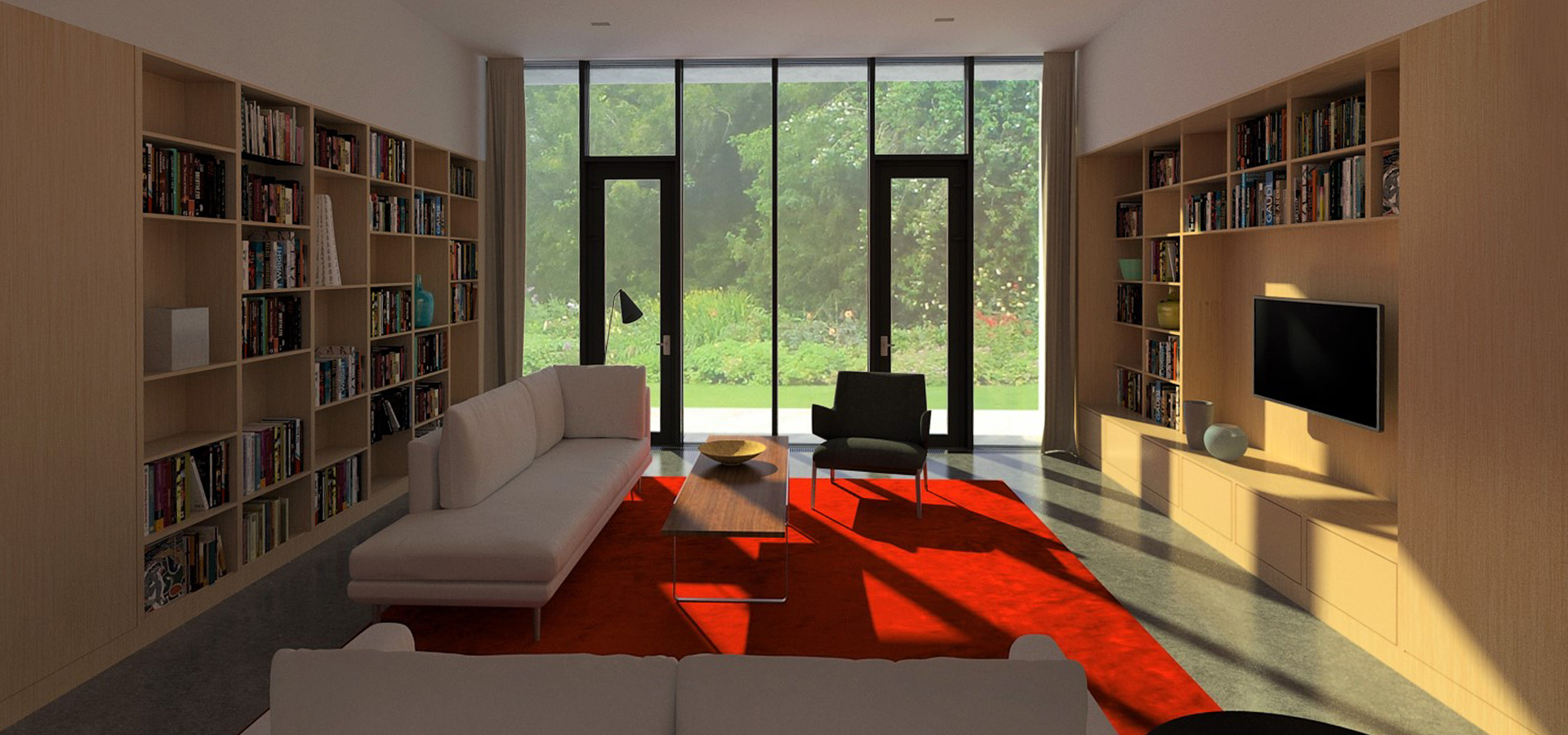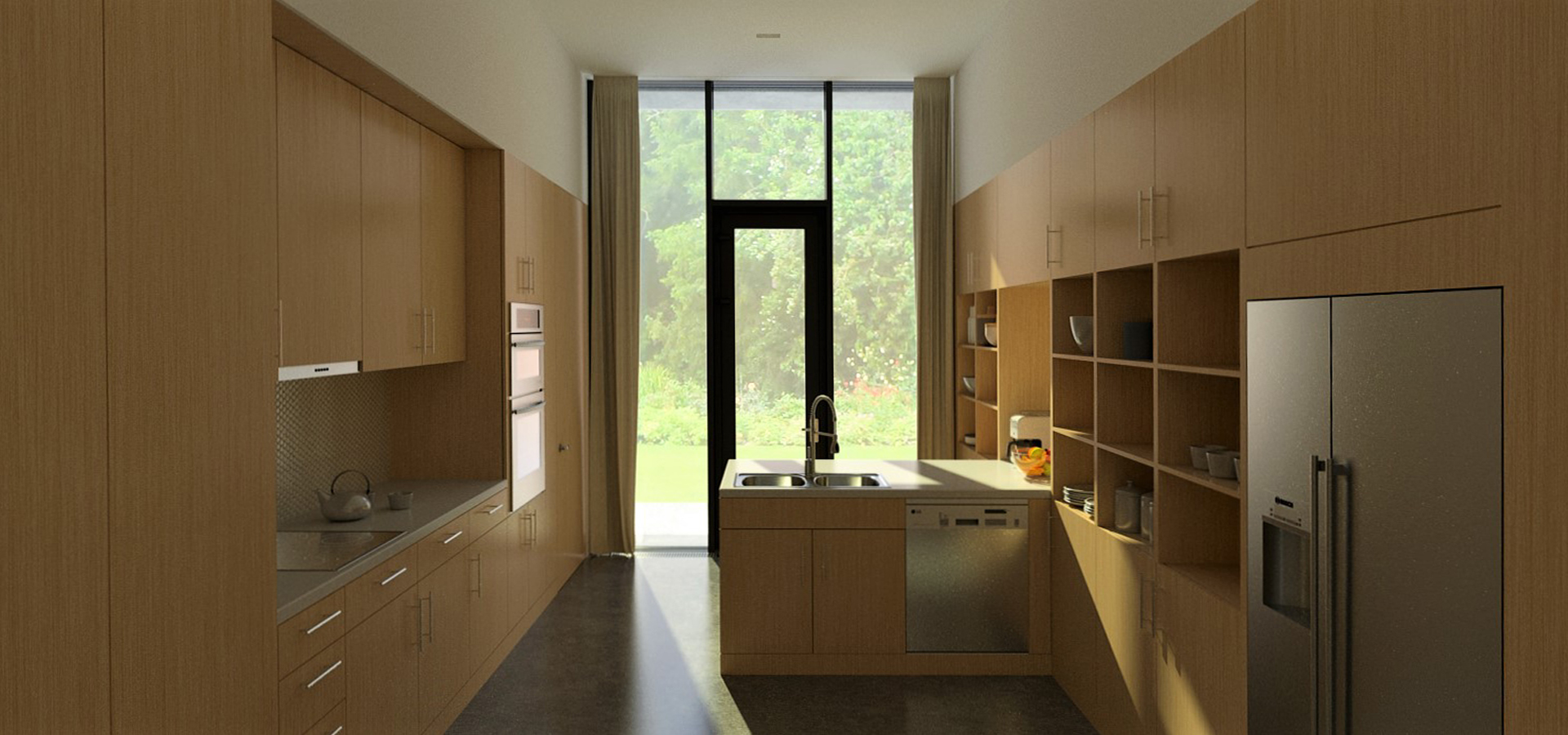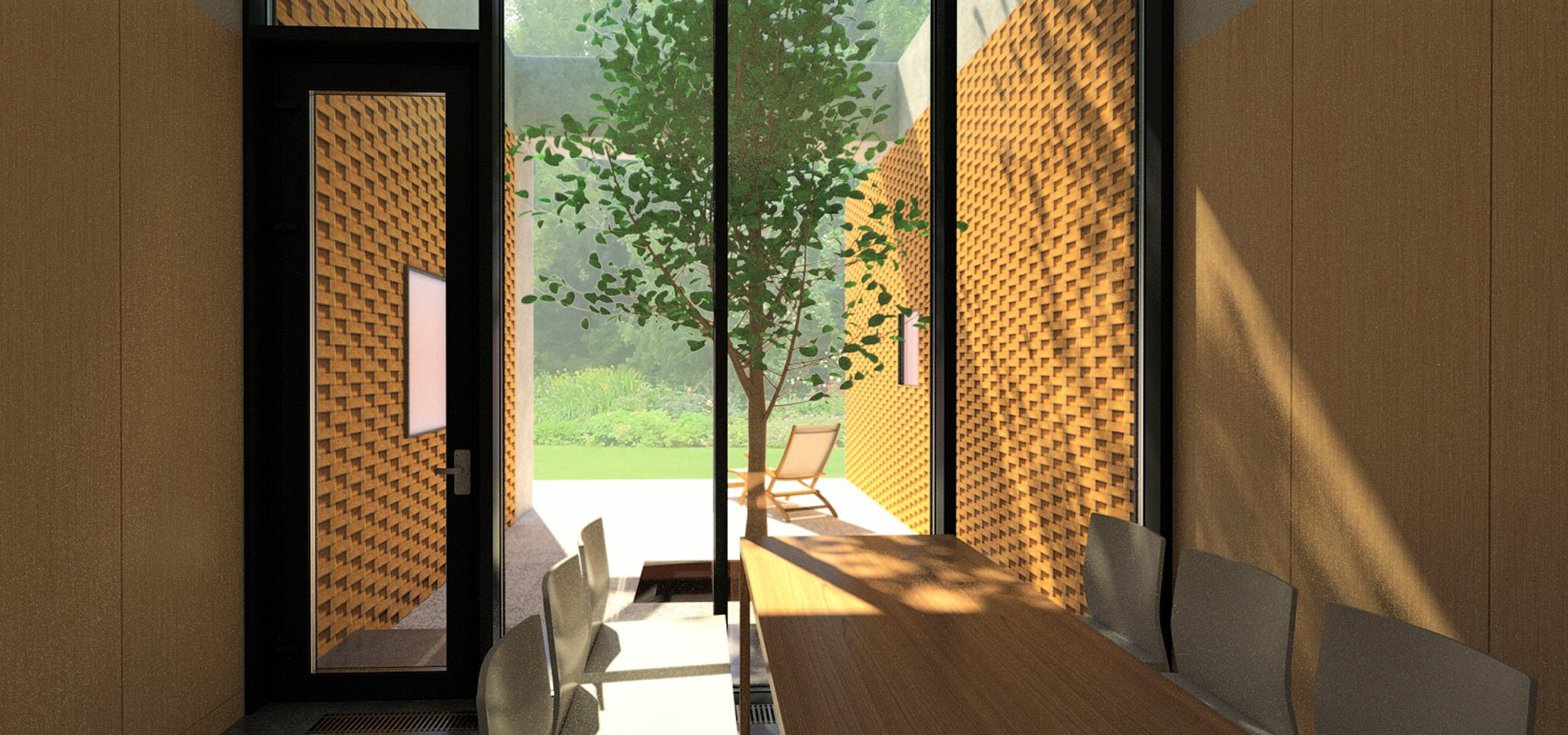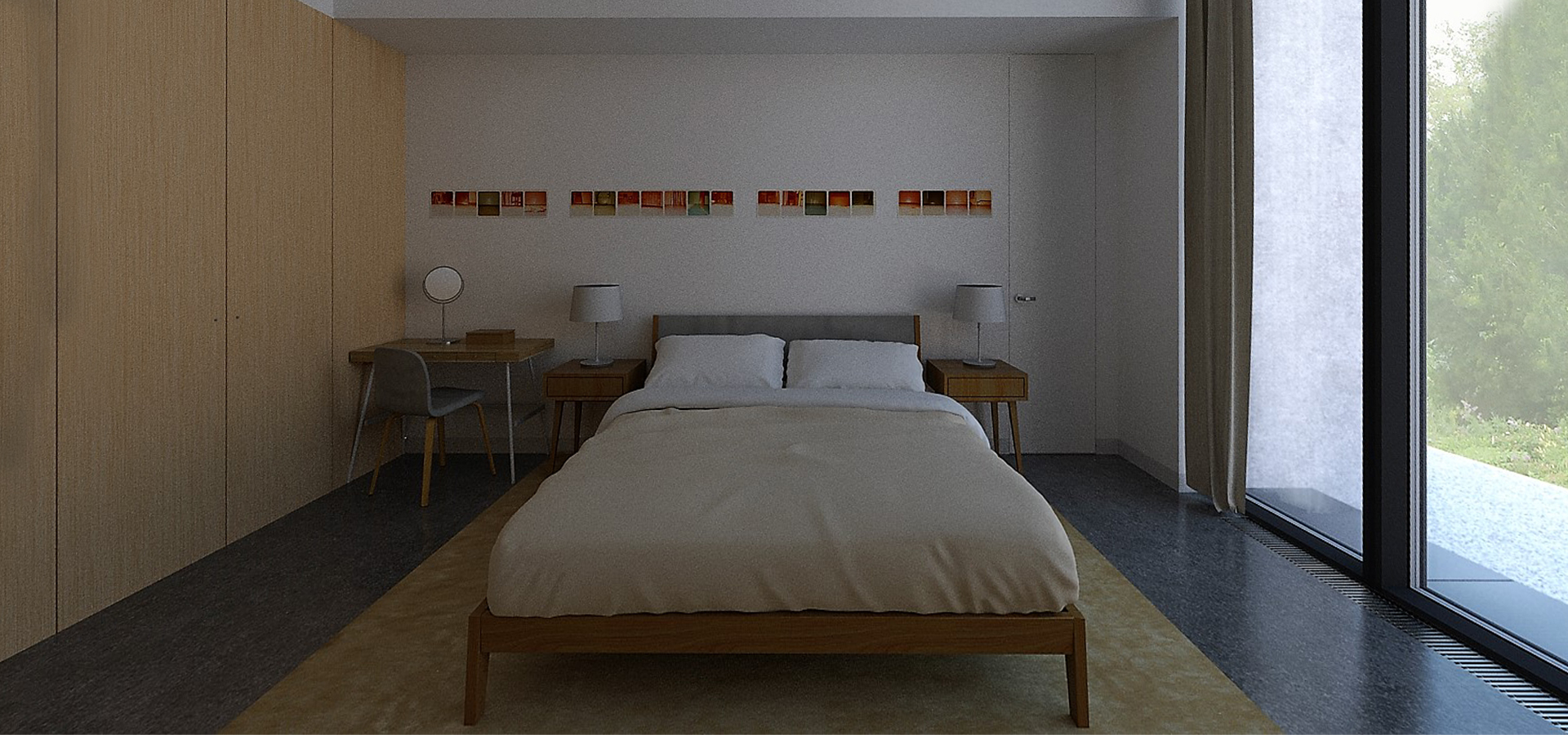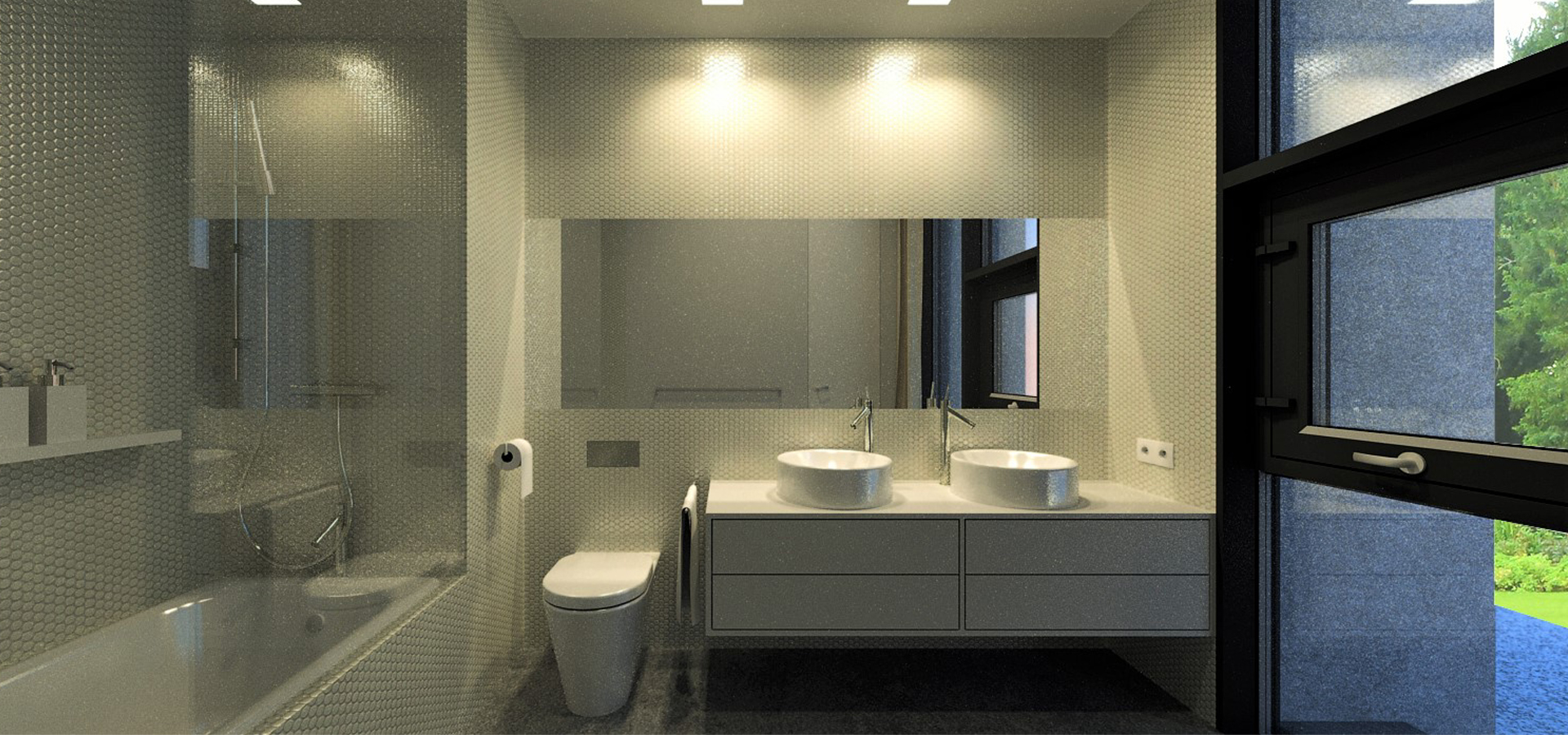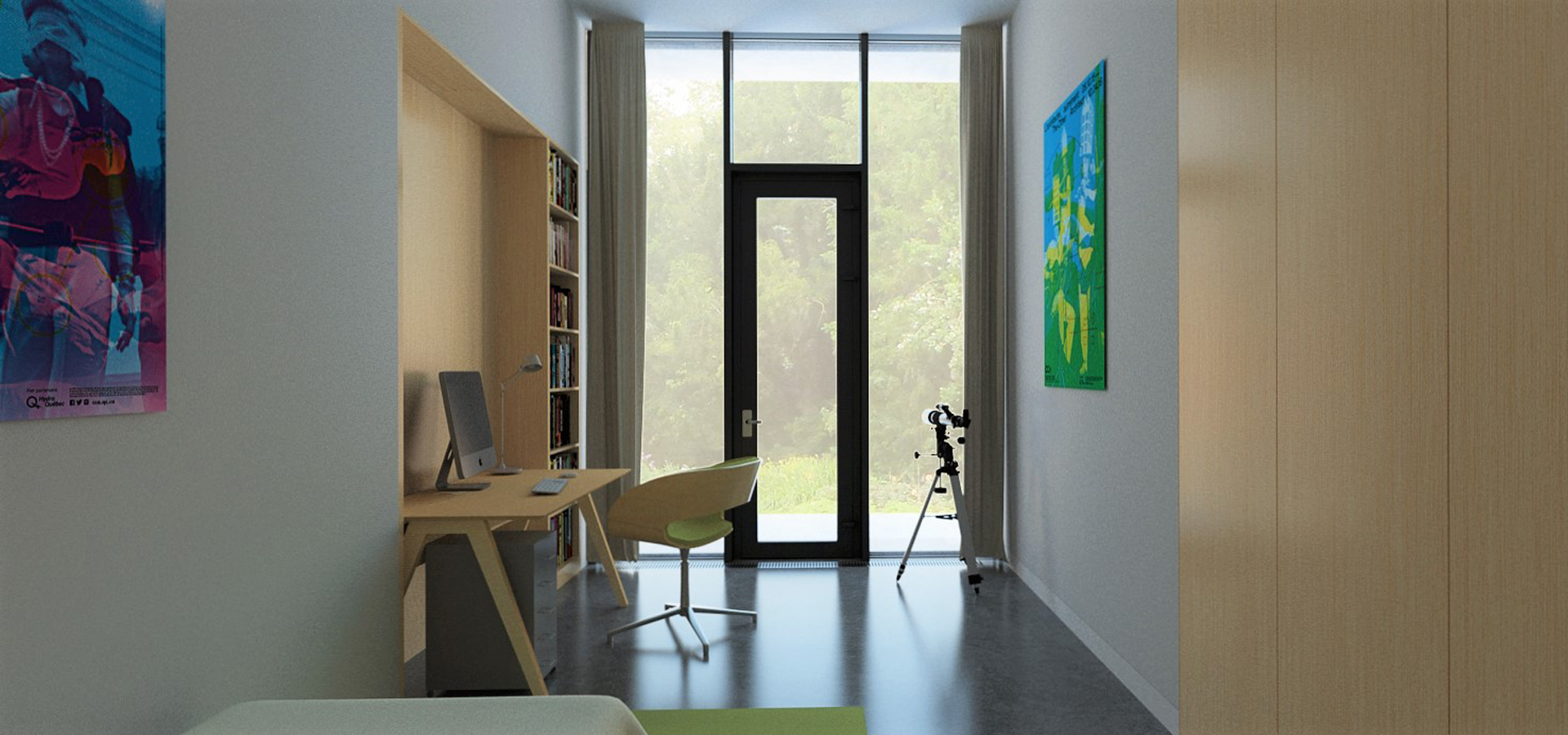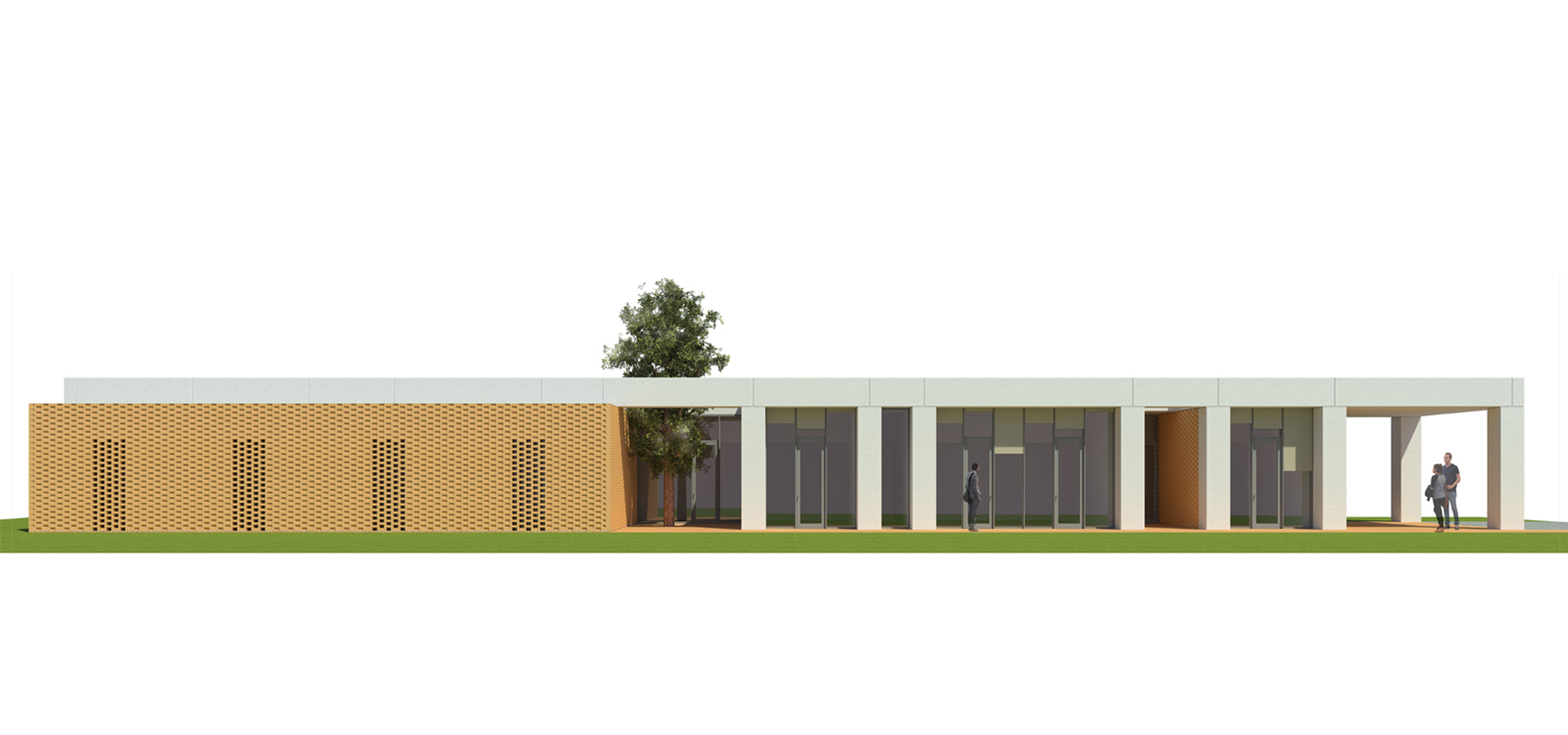
Single Family House, Dumbrava Vlasiei, Balotesti
View project description2015Competition Single Family House, Dumbrava Vlasiei, Balotesti
2015 – / Competition / Single Family House, Dumbrava Vlasiei, Balotesti
First prize
Location: Dumbrava Vlasiei, Balotesti, Romania
Architecture: E+EA – Mihai Ene, Adela Ene
Structure: Profesional Construct – Paul Ioan
Client: Loreco Investments
Surface: 280 sqm
Period: 2015 –
Renders: E+EA
A project for a single family house in a new development – Dumbrava Vlasiei – in Blotesti, Romania, as a result of winning an invited architectural competition.
Dumbrava Vlasiei prefigures to become an atypical residential district for the real estate developments in Romania. Surrounded by forest, with a an interesting urban design, with sinuous streets and green public spaces, with lots of different shapes and size, Dumbrava Vlasiei is slowly becoming a special place, and this is already evident from what has been built up present.
The lack of spatial, morphological, historical or cultural landmarks that characterizes interventions in a completely new neighbourhood, at the zero point of its becoming, is sometimes a more important obstacle than it may seem at first glance in starting and developing the creation process inherent to architecture. Consequently, lack of limits generates self-censorship, imagining and the conscious appropriation of a personal set of rules.
The first idea was to develop a house on a single level, with a more than visual connection with its own courtyard, each space having access to the exterior, but with a discreet relationship with the street front. A linear spatial development, perpendicular to the street, a succession of spatial sequences calibrated according to the functional necessities assigned to each of them. In order to free the inner spaces as much as possible, the rooms are delimited by each other by “functional walls”, always of the same thickness, containing furniture and equipment – from cabinets and shelves to kitchen countertops. Two external courtyards interrupt the linearity of the house, one that announces the access and another, more generous, in relation to the kitchen and the dining room. The house is divided into two areas, the one adjacent to the street, designed for the daily life, characterized by space fluidity, and the retracted, with a view to the opposite side, night area, which ensures privacy.
A possible reference was what, sometimes with contempt, is called the “wagon house”, which has a morphology characteristic of the rural area in question, and which, despite its apparent simplicity, has a spatial potential still insufficiently exploited in contemporary local architecture.

